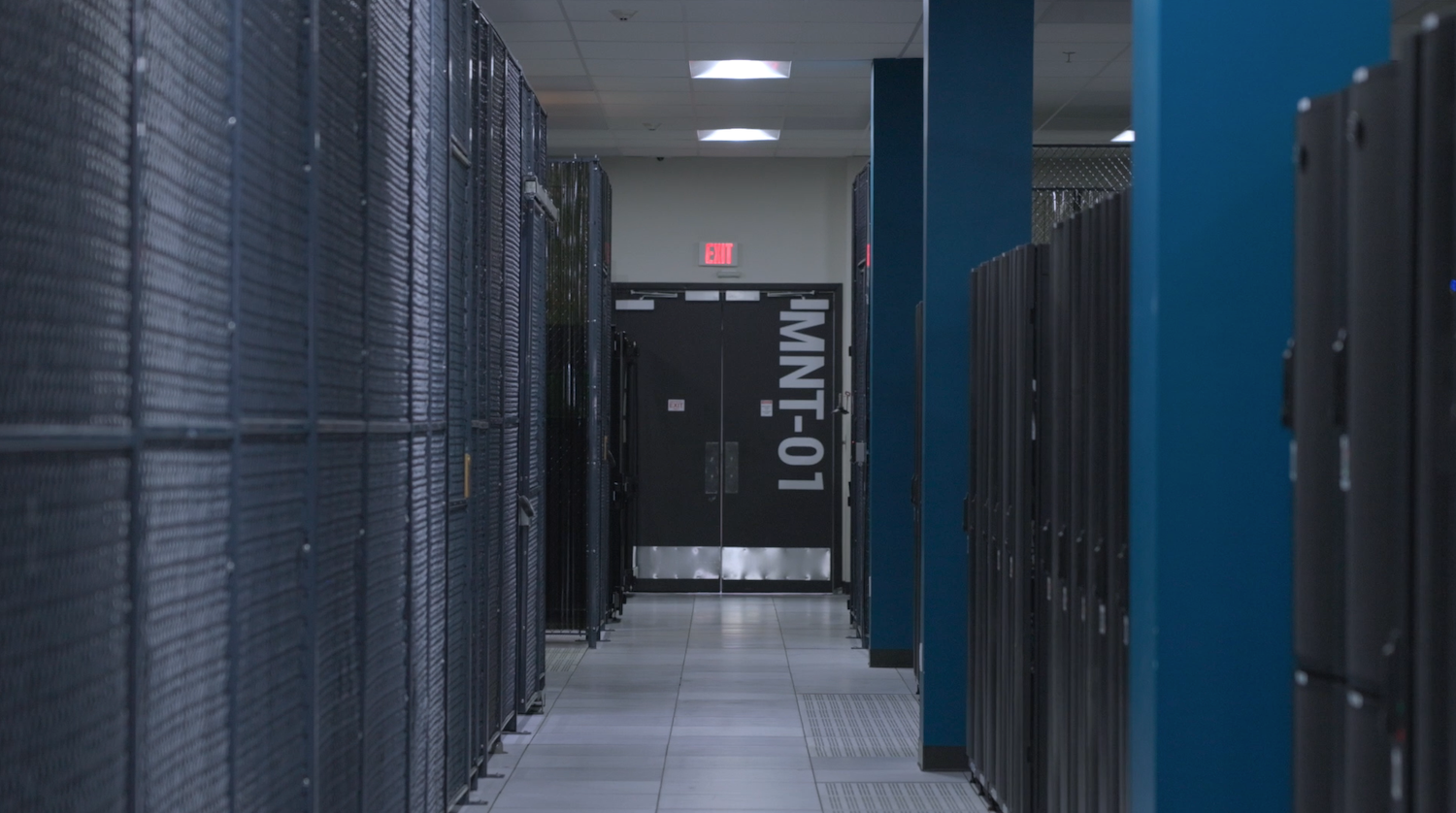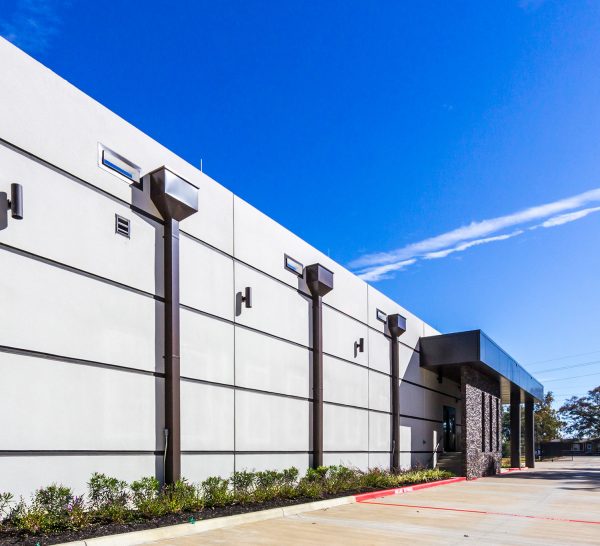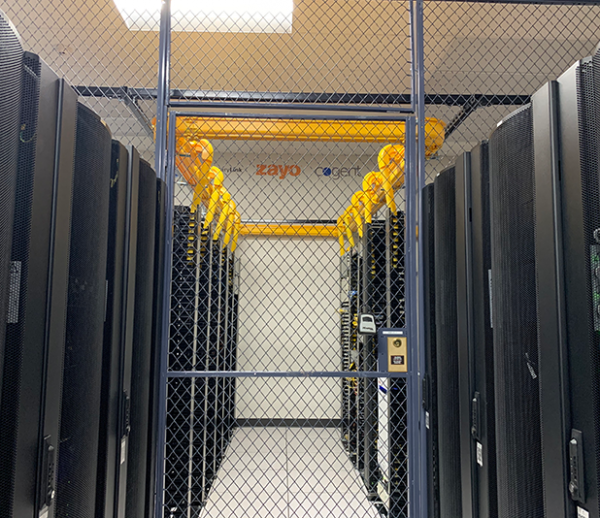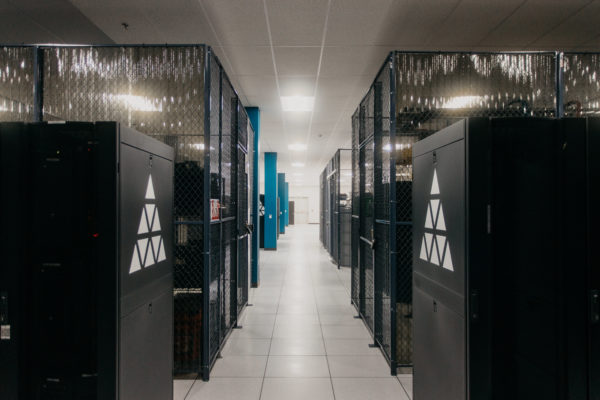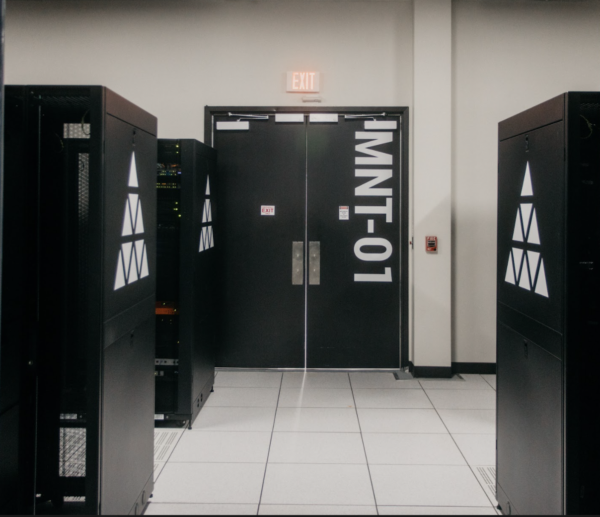As we enter 2025, the IT landscape is undergoing transformative shifts that are redefining how organizations run and manage their infrastructure. The acceleration of AI/ML workloads, the imperative for robust disaster recovery and business continuity, addressing skyrocketing cloud costs, and the ongoing trend of cloud repatriation are compelling organizations to rethink their strategies.
For CIOs, CTOs, IT Directors, and other technology leaders, integrating colocation services into the upcoming 2025 IT budget isn’t just a strategic option—it’s becoming a business imperative.
In this article, we’ll explore the critical business cases for colocation services:
- Solving Network Latency Challenges
- Disaster Recovery and Business Continuity
- Cloud Cost Optimization and Hybrid IT Infrastructure
- Moving from Enterprise Data Centers to Colocation
- Solving Network Latency Challenges
Solving Network Latency Challenges
In a hyper-connected world, latency isn’t just a technical metric—it’s a critical factor that impacts user experience and business outcomes. Applications like real-time analytics, high-frequency trading, and interactive streaming services demand minimal latency.
Latency, measured in milliseconds (ms) indicates the quality of your network connection and travel distance. An average network will have latency of 200 ms or below, packet loss below 5% within 10-minute timeframe, a jitter percentage below 15%, and mean opinion score of 2.5 or higher. Again, this is the benchmark for an average network.
There’s low latency which can be in the sub 15 ms range and ultra-low latency which is measured in nanoseconds versus milliseconds. Low latency and ultra-low latency networks are hard to come by in office buildings but are readily available in colocation data centers with 100Gbps, 400Gbps and higher connectivity options.
How Colocation Addresses Latency Challenges:
- Proximity to Core Nodes and Network Hubs: Colocation facilities are strategically located near major core nodes and internet exchanges, reducing the physical distance data must travel.
- Direct Connectivity Options: Access to a wide array of carriers and cloud service providers (CSPs) allows for direct, high-speed connections that minimize latency to improve user experiences.
- Support for Edge Computing/AI Inferencing: Deploy resources closer to end-users for faster AI inferencing and real-time insights, reducing latency and bandwidth demands.
Disaster Recovery and Business Continuity
In today’s digital economy, uptime isn’t just a goal—it’s a necessity. The costs of downtime are steep, both financially and reputationally. Natural disasters, cyberattacks, and unexpected system failures can bring operations to a grinding halt, making disaster recovery (DR) and business continuity planning more critical than ever.
It is estimated that the average cost of IT downtime is around $5,600 per minute, which amounts to over $300,000 per hour. This figure can be higher for large enterprises and mission-critical operations.
Why Colocation is Essential for DRBC:
- Built-In Redundancy: Colocation data centers are engineered with multiple layers of redundancy across power, cooling, and network connectivity. Purpose built design ensures that if one component fails, others seamlessly take over, maintaining continuous operations.
- Geographic Diversity: Housing critical infrastructure in geographically dispersed locations mitigates the risks associated with regional disruptions, whether they’re natural disasters or localized outages.
- Cost Efficiency: Developing and maintaining your own redundant data centers is capital-intensive. Colocation offers a scalable, cost-effective alternative without the significant capital expenditure.
Cloud Cost Optimization and Hybrid IT Infrastructure
The cloud revolutionized IT with promises of scalability and flexibility. However, many organizations are now grappling with skyrocketing cloud costs that outpace their initial budgets.
According to a recent survey of IT professionals conducted by cloud provider Civo, three out of five organizations saw an increase in cloud spending over the past year. Nearly 40% of those organizations reported that their costs rose by more than 25%.
We previously shared the story of 37signals, a software company that stands to save a reported $7 million by waving the cloud goodbye. There’s a great article that documents how the company achieved its $2 million in annual savings by repatriating its cloud workloads. Read it here.
Ahrefs also saved an incredible $400 million when it stepped back from the cloud after realizing its costs had begun to outstrip its benefits. Dropbox also hit the headlines back in 2015 when it began to reduce its dependence on cloud services. The strategic shift went against the grain during a period of growing cloud adoption, but the company has never gone back.
The Case for Cloud Repatriation:
- Unpredictable Expenses: Variable pricing models, and unforeseen resource consumption can lead to significant budget overruns
- Data Egress Savings: For example, the cost of data egress on AWS is free for the first 1GB and increases to $.09/GB up to the 10TB. Cloud egress fees depend on the provider, availability zone, and service type. 9TB of data egress at $.09/GB could cost you $810 per month versus $180 per month or less at $.02/GB with a direct connect.
- Performance Variability: Shared cloud infrastructures may not consistently meet the performance demands of critical applications, leading to latency and reliability issues.
- Data Control and Compliance: Regulatory requirements and concerns over data sovereignty are prompting businesses to seek greater control over their data environments.
- Security Concerns: High-profile cloud breaches have made some organizations wary of relying solely on public cloud providers.
- Renting rather than owning: The use of shared cloud infrastructures means a business renting the resources it needs, rather than relying on hardware that it has full ownership and control over.
Embracing a Hybrid IT Infrastructure Approach:
- Workload Optimization: Strategically deploy workloads in the most appropriate environment—on-premises, in the cloud, or within a colocation facility—to balance cost, performance, and compliance.
- Predictable Cost Structures: Colocation offers fixed pricing models, enabling more accurate budgeting and financial planning.
- Enhanced Security and Control: Maintain physical ownership of your infrastructure, which is critical for sensitive data and applications.
- Direct Connects: With cloud onramps and direct connects to major clouds, organizations can reduce their data egress savings by 75% of more. Direct connects can reduce your egress costs from $.09/GB to $.02 or lower.
Moving from Enterprise Data Centers to Colocation
Operating an on-premise or enterprise data center is increasingly becoming a strategic disadvantage and liability. The continuous need for upgrades, security enhancements, and compliance measures diverts valuable resources from core business initiatives.
Transitioning Away from Enterprise Data Centers:
- Operational Efficiency: Reduce overhead by eliminating the responsibilities of facility management, freeing up IT staff for strategic projects.
- Financial Flexibility: Transform capital expenditures into operational expenditures, improving cash flow and financial agility. Organizations often underestimate how capital and operationally intensive enterprise data centers can be to operate. Colocation can be up to 64% more cost-effective than building and managing an on-premise data center.
- Access to Expertise: Leverage the specialized skills of colocation providers and data center technicians who are at the forefront of data center technologies and best practices.
Solving Network Latency Challenges
In a hyper-connected world, latency isn’t just a technical metric—it’s a critical factor that impacts user experience and business outcomes. Applications like real-time analytics, high-frequency trading, and interactive streaming services demand minimal latency.
Latency, measured in milliseconds (ms) indicates the quality of your network connection and travel distance. An average network will have latency of 200 ms or below, packet loss below 5% within 10-minute timeframe, a jitter percentage below 15%, and mean opinion score of 2.5 or higher. Again, this is the benchmark for an average network.
There’s low latency which can be in the sub 15 ms range and ultra-low latency which is measured in nanoseconds versus milliseconds. Low latency and ultra-low latency networks are hard to come by in office buildings but are readily available in colocation data centers with 100Gbps, 400Gbps and higher connectivity options.
How Colocation Addresses Latency Challenges:
- Proximity to Core Nodes and Network Hubs: Colocation facilities are strategically located near major core nodes and internet exchanges, reducing the physical distance data must travel.
- Direct Connectivity Options: Access to a wide array of carriers and cloud service providers (CSPs) allows for direct, high-speed connections that minimize latency to improve user experiences.
- Support for Edge Computing/AI Inferencing: Deploy resources closer to end-users for faster AI inferencing and real-time insights, reducing latency and bandwidth demands.
Building Your Colocation Business Case
When presenting colocation services as part of your 2025 IT budget, focus on both immediate benefits and long-term value. Start by showcasing how colocation immediately reduces costs, operational complexity and shifts capital expenditures to more predictable operating costs.
Make sure to highlight the growing challenges of managing on-premises infrastructure, especially for high-performance workloads like AI/ML, and how colocation offers a scalable, cost-effective solution that frees up IT resources to focus on core business initiatives.
- Electricity Cost Savings: With colocation, there are several cost-saving opportunities that will offset the price of colocation services. It’s the reduced electricity rates per kWh paid at data centers which can represent 70% savings when compared to rates paid at an on-premise data center or office building. Gearing up to run GPUs? Colocation is the obvious choice for high-density workloads based on the electricity cost differential between commercial and industrial rates.
- Internet Service Cost Savings: There’s the significant difference in internet costs for the same service from the same provider at a colocation facility versus an office building. We’re talking about a 50-75% savings in costs. Examples include a 1Gbps dedicated internet circuit for $900 per month at an office building versus $300 per month at a colocation data center. This is for an apples-to-apples internet circuit from the same provider. Not to mention additional ISPs to select from for primary and backup internet circuits.
- Cloud Cost Optimization: Emphasize savings from reduced cloud expenses and increased operational efficiency. Colocation provides a predictable cost structure, avoiding the fluctuating costs of cloud services, with TRG Datacenters’ transparent pricing (no cross-connect fees, free remote hands) delivering further savings. There are also the data egress savings with hybrid IT which can save you 75% or more on your cloud bill.
- Risk Mitigation: Highlight enhanced disaster recovery, business continuity, fault tolerance, and improved security. Colocation ensures geographic diversity and fault-tolerant infrastructure, minimizing the risk of downtime, while TRG Datacenters’ secure facilities and fully managed services protect critical infrastructure and support operational continuity.
- Strategic Alignment: Connect colocation to broader goals like digital transformation, scalability, and innovation. Show how colocation supports the adoption of new technologies, helps scale infrastructure with business growth, and allows your team to focus on driving innovation and staying competitive.
By partnering with TRG Datacenters, you’re not just addressing immediate needs—you’re positioning your organization for long-term success in a rapidly changing technological environment.
Is Your IT Infrastructure Prepared for the Future?
The demands on IT infrastructure are intensifying, and traditional approaches are no longer sufficient to keep pace. Colocation services offer a viable path forward, addressing critical challenges from cloud cost overruns and high-density computing needs to latency, fault tolerance, and disaster recovery.
Now is the time to reassess your IT strategy and consider how colocation can play a pivotal role. Contact TRG Datacenters today for a competitive cost comparison and proposal. Together, we can build an infrastructure that’s not only ready for today’s demands but also scalable for the challenges of tomorrow.
About TRG Datacenters
We are where experience meets reliability for exceptional data centers. Strategically located top-notch facilities, rigorous organizational practices, and exceptional customer service delivers hassle-free operations that are backed by our management team’s 20-year 100% uptime track record.
Looking for colocation?
For an unparalleled colocation experience, trust our expert team with three generations of experience
